
The Book Behind the Book: How Primary Sources Enhance the Reading Experience
This is a guest post from Myke Cole. Myke is the author of the military fantasy SHADOW OPS novels. The latest, Javelin Rain, will be published by Ace/Roc in March, 2016. As a security contractor, government civilian, and military officer, Myke Cole’s career has run the gamut from Counterterrorism to Cyber Warfare to Federal Law Enforcement. He’s done three tours in Iraq and was recalled to serve during the Deepwater Horizon oil spill. Follow him on Twitter @MykeCole.
If you like history or historical fiction, odds are you’re missing out on a chance to read harder.
Ever take your car in to have the oil changed? You’re a smart person. If you really wanted to, you could figure out how to change it yourself, but why bother? Your time is valuable, and you’ll never do it as well as a professional mechanic. You’d rather spend the money and leave it to the professionals.
This is how most of us handle history. We rely on professional historians to interpret the literary, oral and archaeological record and hand us a finished product that tells us what we need to know.
Even as we appreciate what professionals do for us, we don’t need them. We can change the oil ourselves if we want to put the effort in. History isn’t alchemy. Anyone with a little determination can access the same record historians use, and come to their own conclusions. This is especially true when we read historical fiction. The best historical fiction authors are drawing on careful research of the available sources. The vast majority of these sources aren’t hidden in a vault somewhere, they’re publically available, often for free.
Let’s define our terms, then examine five great books and the sources that could make them even greater.
Secondary Sources – These are books of history or historical fiction written in the current time period. This is how 99% of us consume our history. This is professionals looking at the evidence and giving us their interpretation. On the one hand, awesome! These people know their stuff, and in the best cases, they are great writers giving us transporting narratives. On the other hand, we are at the mercy of their interpretations, and sometimes they can lead us astray. Look at Victor Davis Hanson’s wildly bigoted The Western Way of War, where he defines subterfuge, treachery and feigned flight as “Eastern” methods of combat. Even a cursory examination of the record shows this to be patently false, and if you trust the professional in this case, you could get lead in some troubling directions.
Primary Sources – Also called “Original Sources” or “Evidence,” these are writings composed at the time being studied. In some cases, we refer to writings created shortly after the time being studied as still “primary” if they are old enough. For example, Plutarch is generally considered a primary source, even though he lived in the 1st-2nd C. AD, and was writing about people and events occurring hundreds of years before he was born. Interpreting these sources takes work, and knowledge of the period is helpful, but not critical. The big plus here is that you can draw your own conclusions.
Let’s take a look the primary sources underpinning five popular modern works:
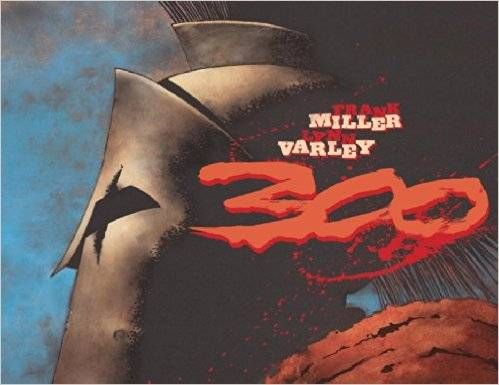
Primary Source – Herodotus. Herodotus’ Histories are the main written text we rely on for reporting on the Greco-Persian Wars. You can pick up a copy at any book store. Most of the most famous 1-liners in the movie (“The Persian arrows will blot out the sun!” “Then we will fight in the shade.”) come directly from the text.
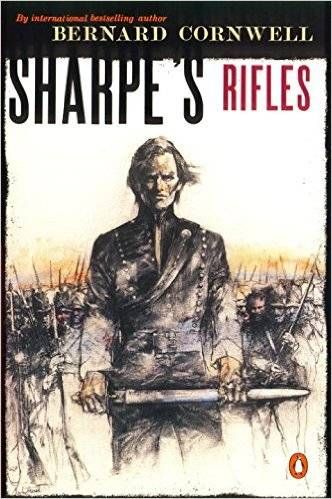
Primary Source – Too many to list. The Napoleonic Wars lasted from 1803-1815, a time when the highly literate European belligerents did plenty of writing, much of which has survived. The European Library offers a free, online exhibition of a range of documents written in multiple languages, including French, German and English. You can see firsthand the text of patriotic songs, read political cartoons, and even peruse Napoleon’s personal letters. And that’s just one option! A quick Google search will nearly overwhelm you with content.
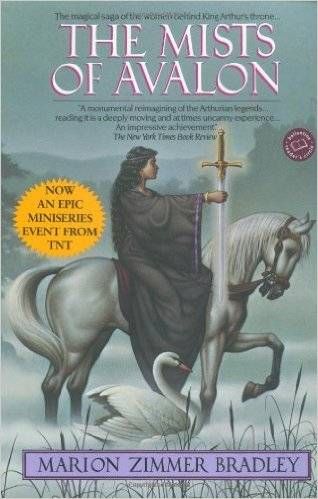
Primary Source – a whole bunch. Though not nearly as extensive as writings about the Napoleonic Wars, there’s plenty out there on the real life King Arthur. Try the 5th C. letter the Bishop of Clermont-Ferraud wrote to Riothamus, who many believe was the real life King Arthur. Or, you could check out the monk Gildas’ 6th C. De Excidio Britanniae (The Destruction of Britain) which talks about Britain at the time of Arthur. Both are available free and online.
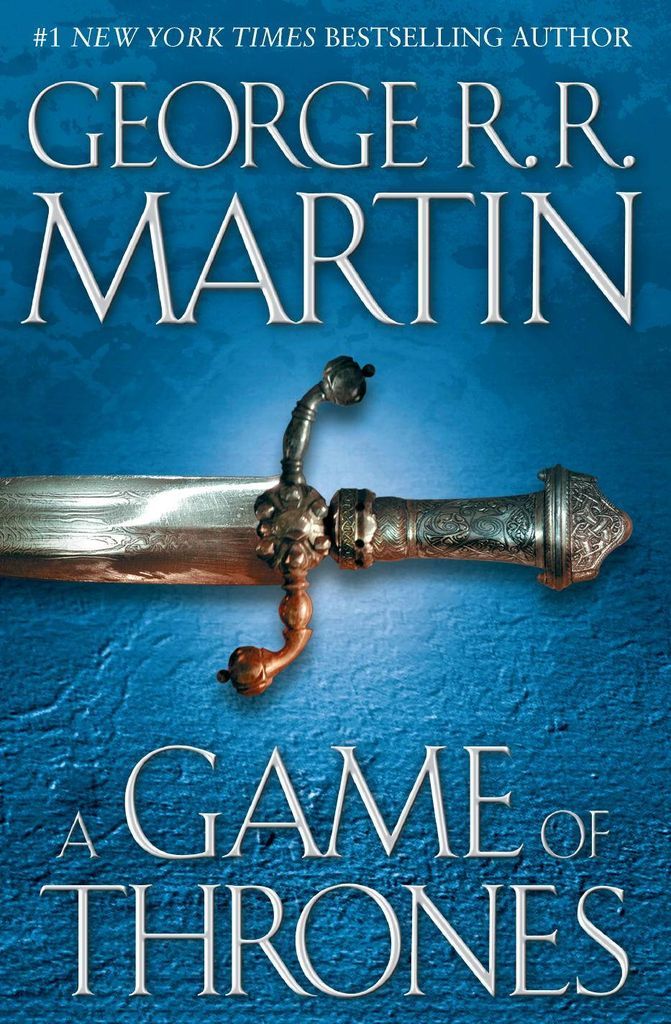
Primary Source – Again, lots of ‘em, but . . . You can check out the Croyland Chronicles and their “Continuations,” written at the time by a range of authors, none of whose identities are certain. It’s an incredibly valuable resource for political, and in particular religious evolutions during the period. The text is freely available online.
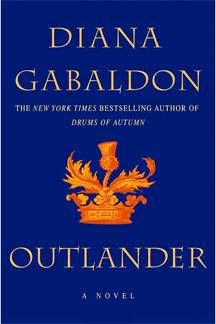
Primary Source – Whole bunch. As with the Napoleonic Wars, The Jacobite Uprisings took place in a highly literate time, leaving us with a wide range of sources to draw upon. The UK National Archives has many of these freely available online, including “The Declaration of Miss MacDonald,” one of the coolest escape stories ever committed to historical record. There’s also the amazing Jacobite Declaration of War, which lays out the martial aims and grievances of the Scottish belligerents against the King of England.
















